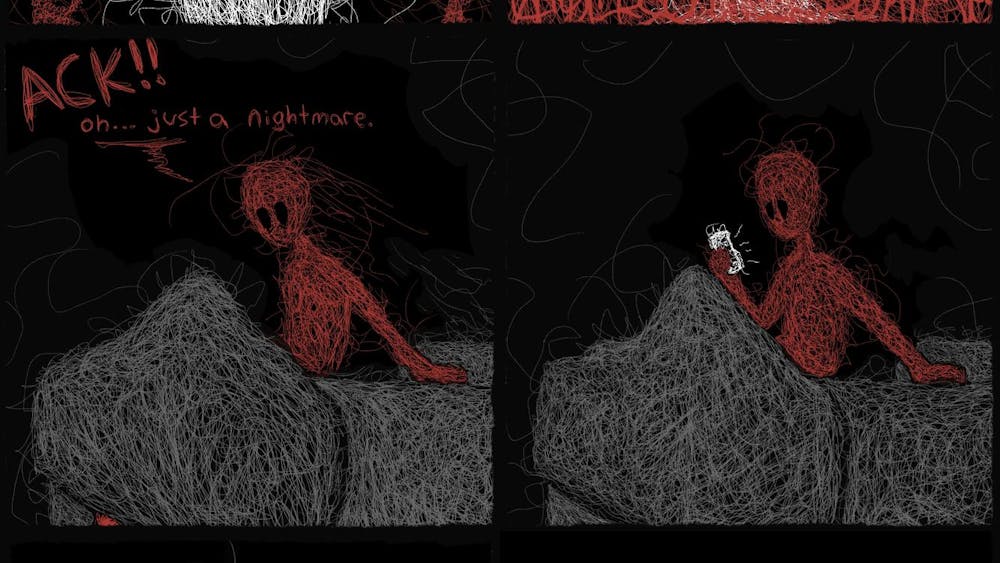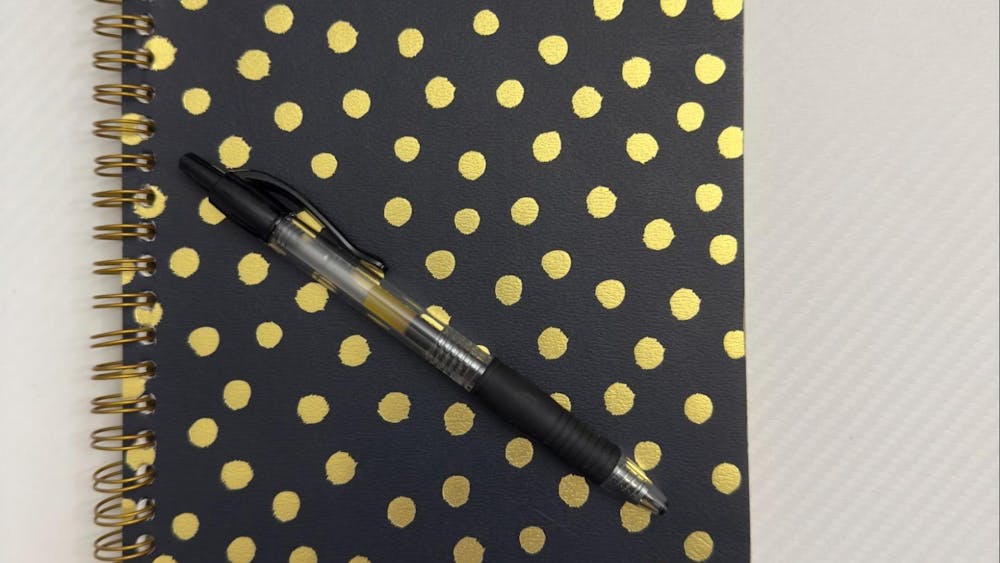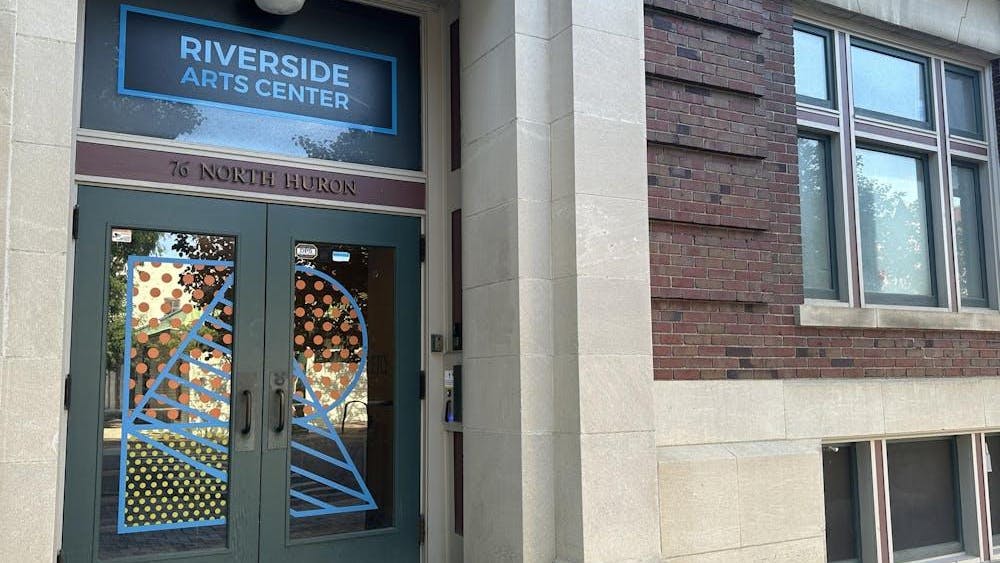Tote bags are one of those things everyone needs and has a distinct preference for: preppy, white nautical canvas bags with navy or red handles; giant, leather purse-style totes loaded with metal hardware; or crisp, quilted cotton bags in colorful prints.
Totes are iconic from some big-label brands, such as L.L Bean, Coach and Vera Bradley. Being a fan of the cheerful floral fabric and sharp, geometric stitching, I wondered if I could sew a tote for less than $15 and make it look like a professional job. Below, I share the good, the bad and the lessons learned, as well as what I would do differently next time.
First, I bought supplies: 1/2 yard each of cover and lining fabric and one yard of interfacing and thread. For the cover fabric, I picked gray and cream damask printed cotton priced at $4.99 per yard (I spent $2.49 on one half yard). For the lining, I used white speckled muslin, also $2.49.
The interfacing posed the most expensive aspect of the project: For a middle layer thick and stiff enough to make the bag truly durable, I purchased one full yard. Since it is not double-folded on the bolt, it was $4.95 per yard. I did not initially buy thread, but after running out towards the end of the project, an additional spool needed to be bought for $2. Total project cost: $11.93.
Lesson learned: I wish I’d bought more fabric; maybe 3/4 yard instead of 1/2 yard. The extra amount would have been enough to add a few interior pockets.
Working without a pattern, I used a rotary cutter and rubber mat to help me cut perfectly measured and symmetrical pieces, along with a ruler and pencil for marking lines. I planned a rectangular bag, 18 inches wide and 16 inches tall.
It was in cutting these rectangles that I made my first big mistake in lining up the fabric on the cutting mat grid wrong, I accidentally cut a 16-inch by 17-inch square. I scored off the extra inch to make an even 16 by 16, although I didn’t plan a square bag. I then needed to cut the bag’s two side pieces and a bottom.
Unfortunately, after the 16-inch front and back pieces, I was left with an 11-inch rectangle. In order to make all three rectangles the same width, I accordion-style folded the remaining fabric into three segments and cut along the folds. This was the only way I could accurately be sure the fabric was evenly divided into three pieces.
A strip of scrap from the top of the fabric was left at this point, perfect for handles. I cut the interfacing the same way, but 1/4 inch smaller around every side for bulk-free seams later on.
Lesson learned: Measure carefully before cutting, and buy enough fabric to divide the side and bottom pieces into exact three-inch pieces.
Next, I layered the pieces as follows: muslin lining, interfacing and cover. I layered every piece except the handles this way.
Now the more complicated part, the one where I would make the most mistakes: drawing lines for quilting. Quilting is the stitching that bonds all the layers of fabric together before side seams are sewn.
A 16-inch ruler, a woodworking ruler and a building level (yes, a level, four feet long, used for getting boards straight—don’t ask) and countless attempts later, I made a perfect one-inch spaced diamond grid on every piece. I then used a sewing machine to sew along all the drawn lines.
Lesson learned: quilting is tedious because it requires accuracy. If the lines are not spaced right, the look of the bag will be ruined. I would also use a wider ruler, such as a two-inch by 18-inch, to make it a more manageable task. Pre-quilted fabric, though expensive, is an attractive and easier alternative.
At this point, the bag is really beginning to come together nicely. I sewed all the pieces together to form a basic box-style tote, folding the top edge down in a one-inch cuff and binding all the inside seams with tulle to prevent fraying.
I sewed together the handles, pressed the side seams with an iron to make the corners really crisp and clipped all the loose threads.
Despite a few bumps in the road, I was really pleased with the finished results. While maybe not Ms. Bradley approved, my tote looked pretty and professional. The project only took me one weekend to finish, and for a stylish tote bag that cost less than $12, I’m happy to spend a frigid winter weekend at the sewing machine instead of the mall.










